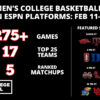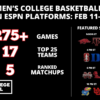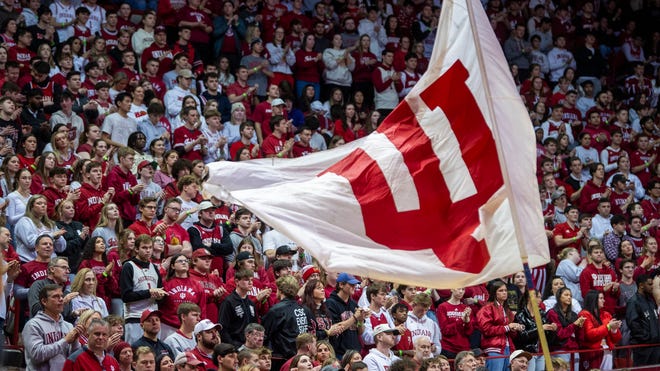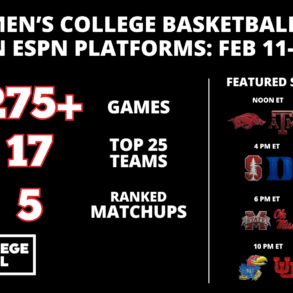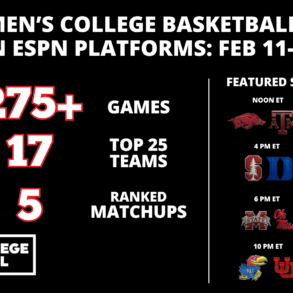- Few schools in the country have the resources of Indiana basketball
- IU basketball fans have high expectations, why that’s good and bad
BLOOMINGTON – Indiana basketball’s search for Mike Woodson’s replacement will likely progress at a slow burn for now.
The Hoosiers still have at least seven games left and, barring something unexpected, the carousel won’t really get going in earnest — at least at the level IU will want to hire from — until teams start dropping out of the NCAA tournament.
Which means, while Indiana keeps much of the operation behind the scenes, there will be plenty of time to discuss what kind of job the Hoosiers are hiring to. It is one messy with contradictions, full of ambition, an unappealing pressure cooker, a high-ceiling opportunity and a place where nearly a half-dozen full-time coaches have crashed and burned this century.
What to make of that curious blend? What can Scott Dolson offer Mike Woodson’s successor? Some thoughts.
Doyel:Indiana basketball needs a big-time winner with integrity. IU needs Buzz Williams
Need a break? Play the USA TODAY Daily Crossword Puzzle.
Indiana basketball pro: Resources
Indiana is believed to have one of the most robust men’s basketball NIL pools in the country. It’s possible, if not probable, that the Hoosiers have the richest roster in the Big Ten this year (those numbers aren’t ever perfectly comparable).
Hoosiers Connect, IU’s partner collective, is already adjusting its approach with the House settlement forthcoming. That should ensure Indiana doesn’t have trouble with the NIL clearinghouse meant to regulate deals more tightly beginning this summer.
And the department is prepared to fund men’s basketball through revenue sharing at a level few, if any, Big Ten peers will match. Only other basketball-serious schools, such as Purdue, UCLA and perhaps Maryland, are expected to match IU’s commitment.
One of Woodson’s lasting positive legacies on his alma mater will be the reestablishment of an NBA pipeline that had dried up. It’s easier to tell players a certain story about their career path through Bloomington to the league than it was four years ago.
Couple that to the program’s long-standing connections with prominent people in agent and NBA spaces, and any new coach should be empowered with serious roster-building ambition here.
Indiana basketball con: Roster timing
Indiana’s next coach inherits a roster that, even under the best circumstances, will need serious surgery.
Six current Hoosiers — Oumar Ballo, Trey Galloway, Luke Goode, Langdon Hatton, Anthony Leal and Dallas James — exhaust their eligibility at the end of this season. The Hoosiers only have two players, Trent Sisley and Harun Zrno, committed/signed in 2025, so IU starts from a base of four open roster spots.
That’s not considering any potential transfers or decommitments. It doesn’t allow for the possibility someone declares for the NBA draft. The likelihood that there’s further attrition than simply graduation is intensified by the coaching change itself.
The NCAA Division I Council shortened this year’s portal window. It’s only 30 days this time around, and the window won’t open until after the first weekend of the NCAA tournament.
For programs seeking new head coaches — presuming those coaches are in the NCAA tournament — that’s a blessing and a curse.
It provides a buffer for the hiring to take place closer to the start of the window, meaning that coach and his staff won’t miss as much of the cycle as they might have previously. Particularly the beginning, which tends to be the busiest period. But it also means everyone has less time to pull a roster together and must work faster, even while assembling all the other infrastructure of a program.
This was already bound to be a challenging spring roster-wise. The coaching change only makes it more so.
Indiana basketball pro: A weaponizable fanbase
One of the most persistent criticisms of the job is fan expectations (we’ll get there in a minute). But the turnabout is also true: When things are good at Indiana, they can be very good, very quickly.
The fairest counter to the criticism is to ask how many other programs in the country with Indiana’s history and expectations would still have such robust fan support after so many years coming up shy of those expectations?
Crowds inside Assembly Hall early in the season surprised people within the athletic department at how small they were, and IU was still scanning 10,000-plus through the doors every night. There aren’t many places in the sport when five-figure attendances would be a cause for concern, so imagine the upshot at the other end of the spectrum.
Like any fan base, Indiana can have its noisy fringe. And like any fan base, social media will always tend to amplify the loudest voices, which sometimes also means amplifying the most extreme.
Overall, though, IU retains fan support robust both in size and in passion. Inspire that base, and the energy and atmosphere around the program become a tangible positive right away.
Indiana basketball con: A bright spotlight
Bloomington’s a small, insular place. It’s impossible to escape the white-hot spotlight associated with the town’s most high-profile position.
Dinner, church, school — the job will follow a coach and his family virtually anywhere inside county lines, no matter what. Some people thrive under that sort of attention. Others very simply don’t.
Once, during his halcyon years at Villanova, Jay Wright told a reporter one of the advantages of his job was that when he was good, he had a major media market to highlight all the strengths of his program. And when Villanova struggled, all he needed to do was survive the gap between the end of the Eagles’ season and the start of Phillies spring training, and he could work through any issues in relative peace.
Indiana is the opposite of that. There are few if any towns in the Big Ten more intensely focused on the resident basketball program than this one. Any coach, and his family, should approach that reality eyes wide open.
Indiana basketball pro: Big opportunity
The program remains as resourced as any in the Big Ten. Cook Hall isn’t that old, and it’s gotten multiple remodels since it opened. Assembly Hall isn’t going anywhere but continues to get regular updates structurally and aesthetically.
As previously discussed, recruiting resources aren’t a problem. Nor is a talent base that routinely includes high-level college players and talented transfers who leave the state to prove themselves before pushing for high-major opportunities.
Culturally, IU basketball will always command not just fan support but also administrative backing. Not least under the current athletics director, himself once an IU basketball student manager who now has the experience of successfully resetting his football program to lean on.
Every time this job comes open, the same “Is Indiana still a blue blood?” debate pops back up, provoking a defensive reaction from certain corners of the base here. It misses the most important point the question raises — IU, like few programs nationally, is capable of being a blue blood. That’s a tremendous opportunity for any coach.
Indiana basketball con: Big expectations
This will be the major talking point nationally, as this search slowly unfolds. And, even allowing for context, it isn’t without merit.
Indiana remains a serious brand in college basketball, but it is impossible to deny its shine has faded after so many years outside the spotlight.
The equilibrium between what is possible at IU and what fans expect can absolutely be brought back into balance, but a fair few coaches have failed in trying, proving it’s not as easy as it might seem. Each one that follows now bears a little more weight of the failure preceding his arrival.
There will be some easy early wins for whoever assumes the Assembly Hall hot seat. Fans would be thrilled, for example, with a transition toward more modern, aesthetically pleasing offensive basketball, and a string of appearances in an NCAA tournament that’s becoming more open and easily accessible to high-major teams every year.
But eventually, the bar will raise to its historical level: Big Ten championships and Final Four contention. The conference is a more difficult proposition than ever, logistically and competitively, with 18 teams touching both coasts. Indiana will probably fund its men’s basketball program as competitively as any of them through revenue sharing, but money alone won’t buy wins.
The Hoosiers’ next head coach will need a blueprint that eventually constructs a nationally competitive roster. There might be some leeway at first, but the long-term aims are as grand and ambitious as can be.
Listen to Mind Your Banners, our IU Athletics-centric podcast, on Apple Podcasts, Spotify or wherever you get your podcasts.
This post was originally published on this site be sure to check out more of their content.


